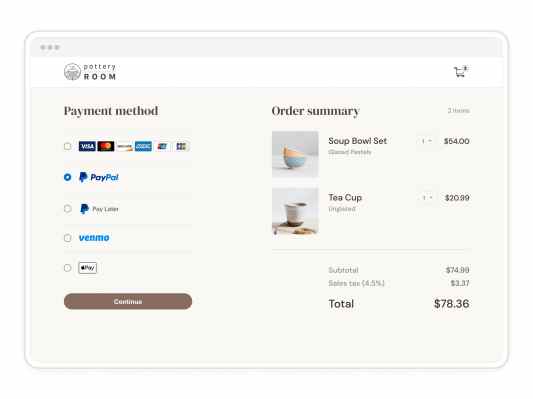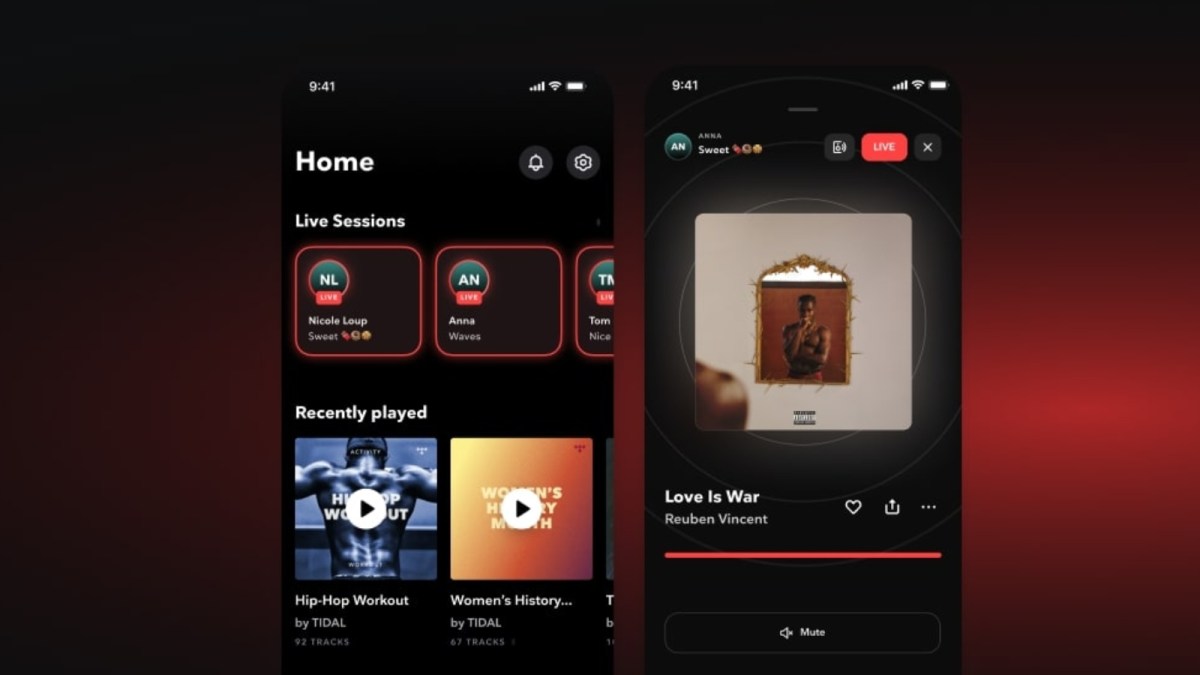

PayPal is adding new tools for small business owners, including Apple Pay support at checkout, the option for customers to save their cards for this specific site and access to IC++ pricing.
Small and medium businesses currently have two ways to integrate PayPal in the checkout flow. In addition to the Standard Checkout integration that lets you accept PayPal payments with little effort, the company also has an Advanced Checkout integration feature for companies that want more personalizations and payment features. Companies that have opted for the latter option can now accept Apple Pay payments from their customers. The checkout tool already offers multiple options to customers — they can make payments via PayPal, Venmo and PayPal Pay Later, as well as with credit cards.
Last year, PayPal and Venmo announced support for Apple’s tap-to-pay-on-iPhone solution. It marked the beginning of a new business relationship between Apple and the payment company.
PayPal is also adding another tool to the checkout product. Customers can choose to save their cards in a secure vault for that particular e-commerce business — the card won’t be stored in a PayPal account as customers don’t need to have a PayPal account for card payments. So if users are shopping from that business frequently, they don’t need to punch in their card details every time. The payment company also has support for account updater and network token service, which automatically updates details when lost or stolen cards-on-file are reissued.
Nitin Prabhu, the company’s VP for merchant experiences and payment solutions, told TechCrunch on a call that with Advanced Checkout, the company doesn’t share any purchase intelligence with other competitors. But he mentioned that the data they gather from a merchant site can be used to offer their products, including PayPal Pay Later. He also noted that PayPal uses the data to mitigate risk and fraud.
The fintech is also introducing the IC++ pricing model for businesses. Until now, PayPal offered a flat fee model for advanced checkout. But Prabhu said that for medium-sized businesses making multiple millions a year, IC++ could offer a good alternative. The IC++ structure consists of interchange fees (charged by the issuer bank), card network fees (charged by a network like Visa and Mastercard) and markup fees collected by PayPal. With this method, merchants can see if they can incentivize customers into using cards by a specific bank or a specific network.
PayPal is facing competition from Amazon, which in January launched the Buy with Prime product offering checkouts and shipping. In a recent note to clients, wealth management/research firm Bernstein said that companies are offering services beyond the checkout button, which has been PayPal’s core strength historically.
“For other pay buttons, like PayPal, for years the pitch of pay buttons has been that they drive up sales conversions by double digits. Today, the pay button alone is increasingly becoming commoditized given that almost a dozen options now exist and guest checkout (the real friction point for consumers) is shrinking in its share of checkout. While Buy With Prime may not be a big deal on its own in the context of overall eCommerce (which is larger than eRetail), we worry about the risk of share losses from a thousand cuts for PayPal. As a reminder, the core button remains the profit engine for PayPal, and within that business, SMBs are PayPal’s bread and butter (with deeply attractive economics),” the note said.
PayPal has also been trying to be a checkout option for different e-commerce purchases. Last year, it partnered with Amazon to offer customers Venmo as a payment option.






